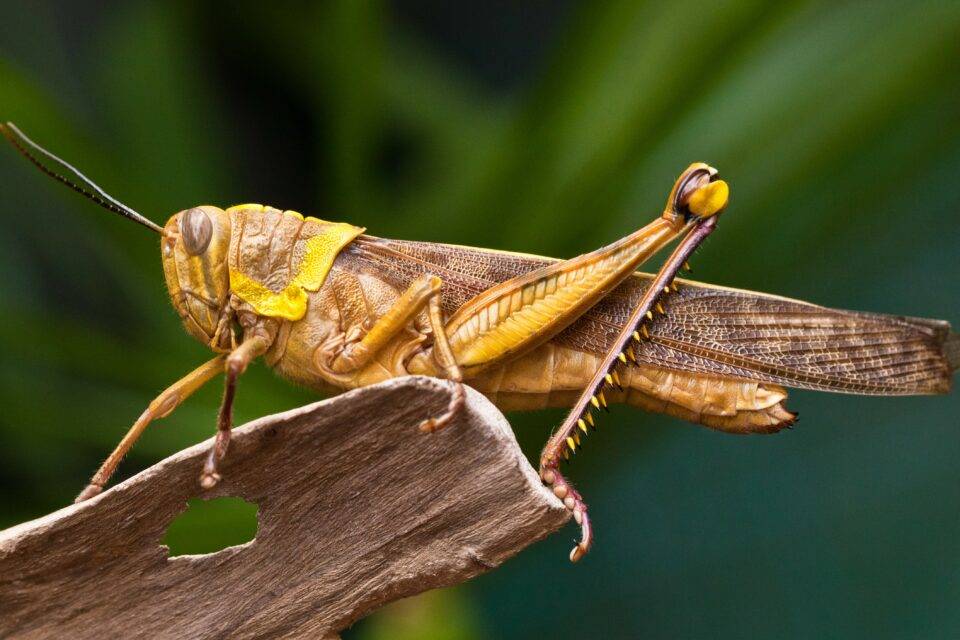Grasshoppers, often found in gardens and meadows, are intriguing insects that play a vital role in ecosystems around the world. Here are five intriguing facts about these remarkable creatures:
Masters of Jumping: Grasshoppers are renowned for their remarkable jumping ability. Their powerful hind legs are adapted for jumping, allowing them to cover distances around 20 times their body length in a single leap. This impressive skill is not only used for escape from predators but also to move between plants in search of food.
Varied Diet: While commonly associated with chewing on leaves, grasshoppers are actually omnivorous insects with a more diverse diet than you might think. They consume not only various plant materials but also dead insects and even other grasshoppers. This adaptable diet contributes to their survival in different habitats.
Singing in the Grass: Male grasshoppers produce a distinct sound known as "stridulation" to attract females and establish territory. They rub their hind legs against their wings or body, creating a buzzing or chirping sound. Each grasshopper species has a unique song, contributing to a chorus of sounds in grassy landscapes.
Metamorphosis Matters: Grasshoppers undergo incomplete metamorphosis, a process consisting of three stages: egg, nymph, and adult. Unlike complete metamorphosis seen in butterflies, grasshopper nymphs resemble miniature versions of adults and gradually develop wings as they molt through several stages.
Economic and Ecological Impact: Grasshoppers have both positive and negative impacts. In their natural habitat, they help control plant populations and contribute to nutrient cycling. However, in some situations, they can become pests, devouring crops and causing significant damage to agricultural fields. Efforts to manage grasshopper populations often involve balancing natural predators and careful land management practices.
In conclusion, grasshoppers are more than just common insects found in grassy areas – they are marvels of adaptation and resilience. Their unique behaviors, from jumping prowess to melodious calls, make them an integral part of the natural world. Understanding their role in ecosystems and the balance they bring helps us appreciate the intricate web of life that surrounds us.


